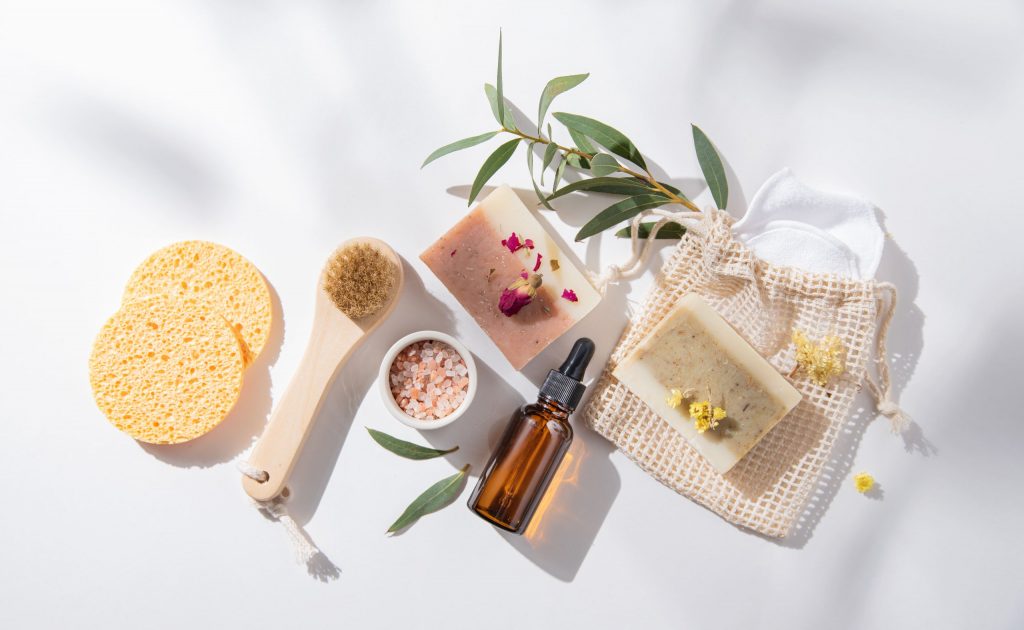When you think about your kitchen, you probably don’t imagine it as a beauty lab. But some of the most effective ingredients for skincare aren’t found in fancy bottles — they’re already in your pantry. From oatmeal to avocado oil, food-grade ingredients are taking center stage in natural beauty, and for good reason.
In this article, we’ll explore why using edible, wholesome ingredients in your skincare can be both safe and effective — and how you can start formulating with confidence.
1. Why Food-Grade Ingredients?
The skin is your body’s largest organ, and it absorbs a significant portion of what you put on it. Many commercial cosmetics include synthetic preservatives, fragrances, and stabilizers — ingredients that are difficult to pronounce, let alone understand. By using food-grade ingredients, you gain full control over what goes into your products and onto your skin.
These ingredients are generally gentle, minimally processed, and rich in nutrients. Think cold-pressed oils, raw honey, yogurt, or green tea — they’ve nourished the body from the inside for centuries, and now they’re doing the same on the outside.
2. Popular Food-Grade Ingredients and Their Benefits
Here are just a few kitchen staples that double as skin heroes:
- Oatmeal: Soothes irritation and inflammation. Perfect for sensitive skin and calming baths.
- Honey: A natural humectant that draws moisture into the skin, with antibacterial properties.
- Avocado oil: Rich in healthy fats and vitamin E — deeply hydrating and softening.
- Coconut milk: Softens and brightens the skin with natural lauric acid and antioxidants.
- Matcha (green tea powder): Packed with antioxidants to fight dullness and free radicals.
- Brown sugar: A gentle exfoliant that helps remove dead skin cells without irritation.
What makes these ingredients special is their purity. They’re not “cosmetic grade” — they’re real, edible, and free of harsh additives.
3. How to Start Formulating at Home
Creating your own skincare doesn’t require a lab coat. With some basic tools, proper hygiene, and simple recipes, you can make high-quality creams, balms, masks, and scrubs at home.
Start small. A basic face mask with yogurt and honey can soothe and refresh your skin in minutes. Try mixing avocado with a teaspoon of olive oil for a nourishing hair mask. As you learn, you’ll begin to understand texture, absorption, and how different ingredients interact.
Our course provides exact formulations and tips to ensure safety, stability, and maximum results — so your DIY beauty is more than just fun, it’s functional too.
4. Common Mistakes to Avoid
- Using ingredients past their prime: Even food-grade materials must be fresh. Oils can go rancid, dairy can spoil, and herbs lose potency.
- Skipping patch tests: Just because it’s natural doesn’t mean it’s safe for everyone. Always patch test new products on a small area.
- Neglecting cleanliness: Homemade skincare must be made in a sanitized space with clean tools to avoid contamination.
When done right, formulating at home is safe, creative, and empowering. But treating your kitchen like a true lab is essential.
5. Ethical and Environmental Perks
Food-grade skincare doesn’t just benefit your skin — it’s also a more ethical, sustainable choice. You can buy ingredients in bulk, reduce packaging waste, and even repurpose items that might otherwise go unused. Plus, you avoid supporting industries that rely on synthetic or animal-tested products.
You’re not just making skincare — you’re making a choice to live more naturally and mindfully.
Conclusion: Nature is Already in Your Kitchen
You don’t need to look far for effective skincare. The same ingredients that fuel your body can restore your skin — naturally, gently, and affordably. With the right guidance and a little experimentation, your kitchen can become a powerful space for self-care.
Want to dive deeper into formulating with food-based ingredients? Our Soap & Skincare Lab course shows you how to transform your pantry into a skincare studio — step by step.

